At the end of the trading session on August 7, the price of SJC gold bars remained at 122.4-123.8 million VND/tael (buy - sell). Earlier, in the early afternoon of the same day, SJC gold had soared to an unprecedented peak of 124.1 million VND/tael (sell), then cooled down.
However, at Doji , the price of SJC gold has not been adjusted yet so it is still at a high level. The buying price of SJC gold is 122.7 million VND, an increase of 500,000 VND/tael; the selling price is 124.1 million VND, an increase of 300,000 VND/tael.
Thus, the price of SJC gold bars has surpassed the historical record of 124 million VND/tael recorded on April 22.
The price of gold rings at Doji also remained stable at the peak of 117.5-120 million VND/tael (buy - sell).
Domestic gold prices set a new record amid escalating world prices and the USD/VND exchange rate listed at a peak of 26,200-26,400 VND/USD.
In the evening session of August 7 (Vietnam time) on the New York market, spot gold prices continued to increase strongly and are approaching the important resistance threshold of 3,400 USD/ounce (109.3 million VND/tael).
As of 9:00 p.m. on August 7 (Vietnam time), the world spot gold price increased by nearly 20 USD, to 3,390 USD/ounce (equivalent to 109 million VND/tael) - the highest level in two weeks - due to the weakening of the USD in the context of the US Department of Labor just announced the number of people applying for new unemployment benefits higher than economists ' forecast. By this morning, August 8, the world gold price had exceeded 3,400 USD/ounce.
Information that the People's Bank of China (PBoC) continues to increase gold reserves and more optimistic short-term technical signals for gold recently are supporting demand for this precious metal in the session on August 7.
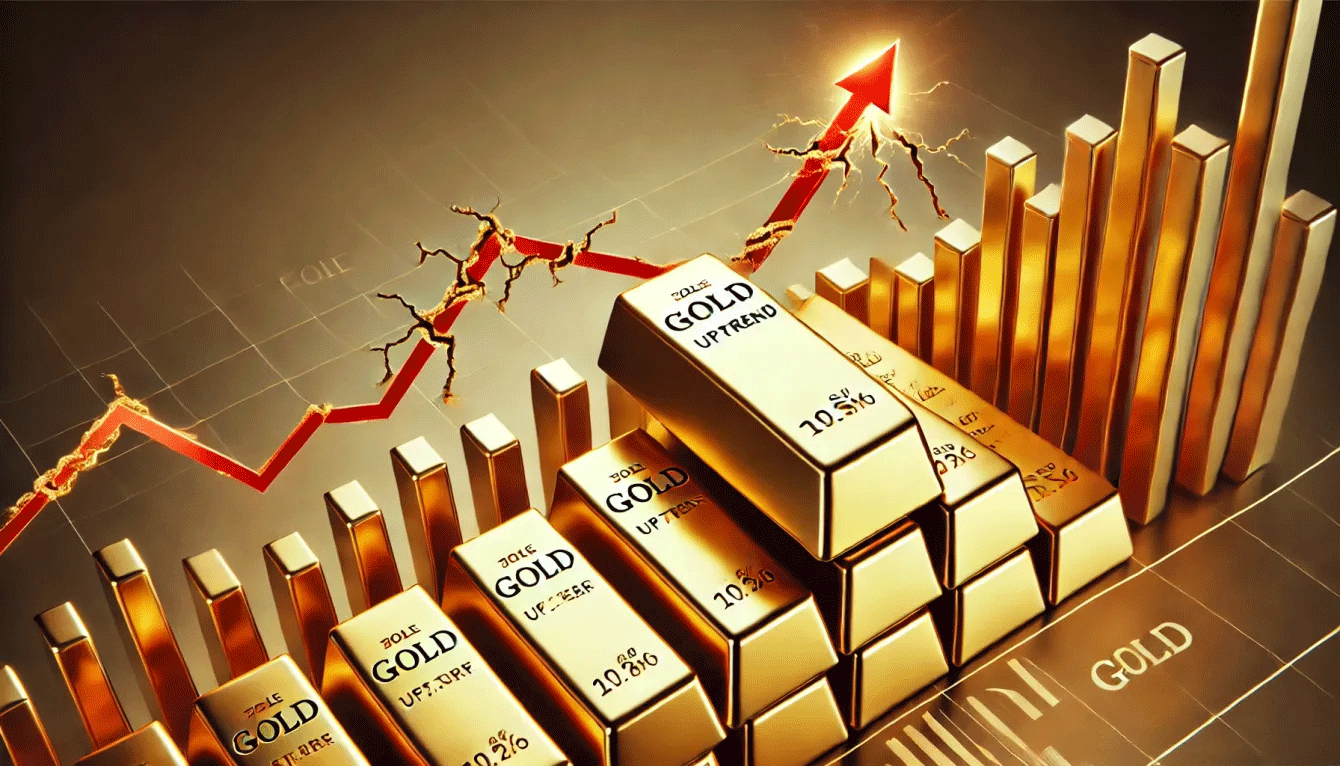
Statistics show that in July, PBoC continued to increase its gold reserves, marking 3 consecutive months of net buying of this commodity. This is a move within PBoC's plan to diversify its investment portfolio, reducing its dependence on the USD.
In July, the PBoC bought another 60,000 ounces of gold, bringing its total gold holdings to 73.96 million ounces (equivalent to more than 2,000 tons). Since November 2024, China has net bought about 36 tons of gold.
Not only China, the net gold buying activities of central banks of many countries are one of the main driving forces pushing gold prices up more than 29% since the beginning of the year.
The trade war between the US and many countries also contributed to the increase in gold prices. New tariffs imposed by US President Donald Trump have come into effect, with higher taxes applied to most of the country's trading partners.
The tariffs would push the average US tariff rate to 15.2%, with some countries facing tariffs as high as 50%, according to Bloomberg estimates.
On August 6, US President Donald Trump signed an order to impose an additional 25% tax, raising the total import tax on goods imported from India to 50%, effective from August 27, on the grounds that this country continues to trade crude oil with Russia.
Financial markets were also affected by the news that US President Donald Trump announced that he would impose a 100% tax on all chips and semiconductor products imported into the US. Mr. Trump emphasized that for companies that promised to build factories in the US but have not or will not do so, the tax will "cumulatively".
Mr. Trump also just said he could impose additional import taxes on China, similar to India, for buying oil from Russia.
With new trade tensions, money tends to seek safe havens like gold. However, Mr. Trump's increased pressure on Russia is aimed at ending the conflict in Ukraine.
In the short term, this move could push gold prices higher. But in the medium term, it could be a good sign if geopolitical tensions in Ukraine ease.
This is probably the factor that hinders the strong increase of gold prices in the evening session of August 7. Some sources said that Russian President Vladimir Putin and Mr. Donald Trump may hold talks in the coming days.
However, in the medium and long term, gold prices are still forecast to increase, in contrast to a weakening USD following signals from the US Federal Reserve (Fed). The US Central Bank is likely to resume its interest rate cut roadmap at its meeting on September 17.
The push by many countries to reduce their dependence on the greenback is also expected to weaken the USD.
Several recent forecasts have suggested that gold prices will continue to rise next year. WisdomTree predicts that gold prices could reach $3,850 an ounce by the second quarter of 2026. Standard Chartered predicts that gold could reach $3,700 an ounce next year. Previously, some forecasted that gold would reach $5,000 or even $10,000 an ounce in the next decade.
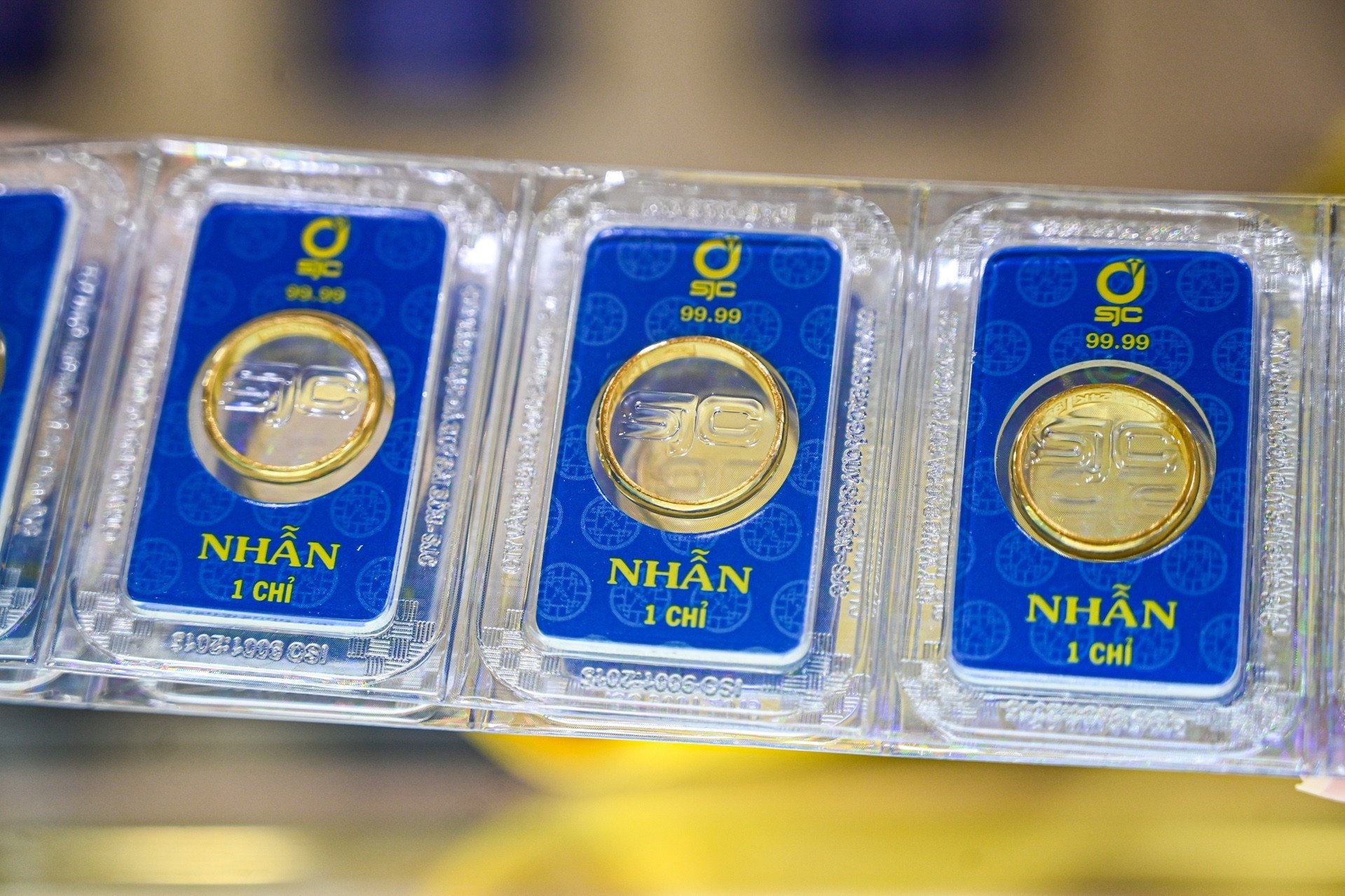
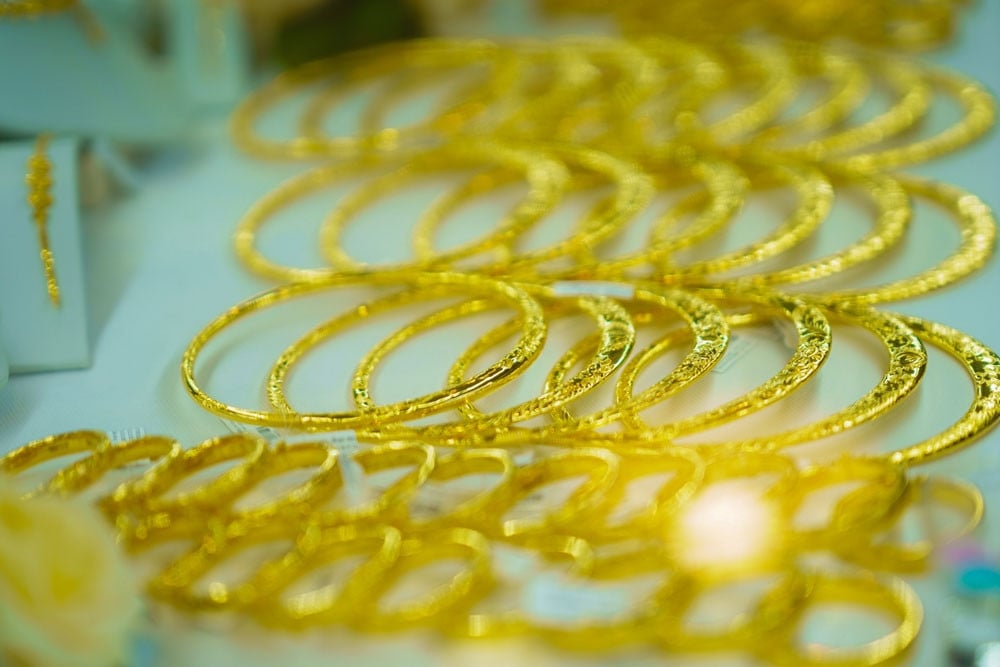
Source: https://vietnamnet.vn/gia-vang-sjc-vuot-124-trieu-dong-luong-vang-the-gioi-tiep-tuc-leo-thang-2429817.html






![[Photo] Prime Minister Pham Minh Chinh inspects and directs the work of overcoming the consequences of floods after the storm in Thai Nguyen](https://vphoto.vietnam.vn/thumb/1200x675/vietnam/resource/IMAGE/2025/10/08/1759930075451_dsc-9441-jpg.webp)
![[Photo] Prime Minister Pham Minh Chinh attends the World Congress of the International Federation of Freight Forwarders and Transport Associations - FIATA](https://vphoto.vietnam.vn/thumb/1200x675/vietnam/resource/IMAGE/2025/10/08/1759936077106_dsc-0434-jpg.webp)
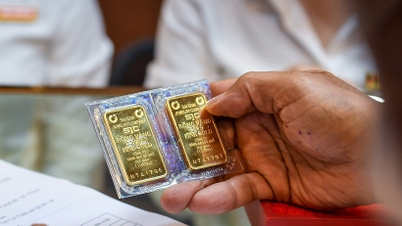



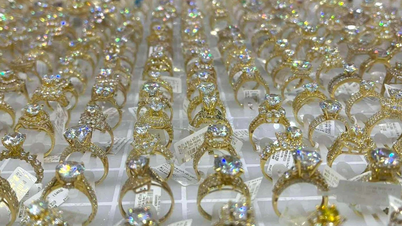


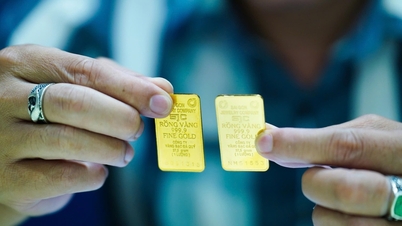



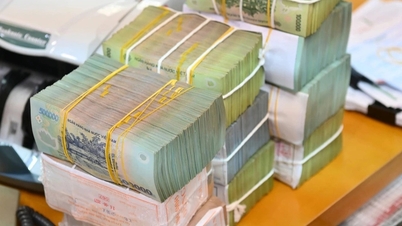







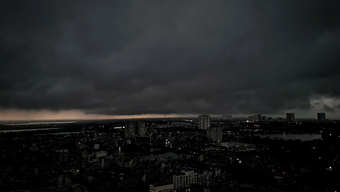
























































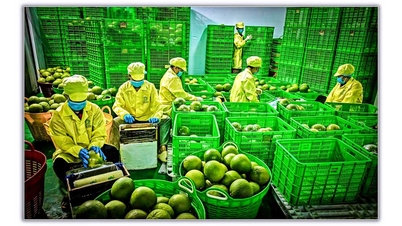














Comment (0)